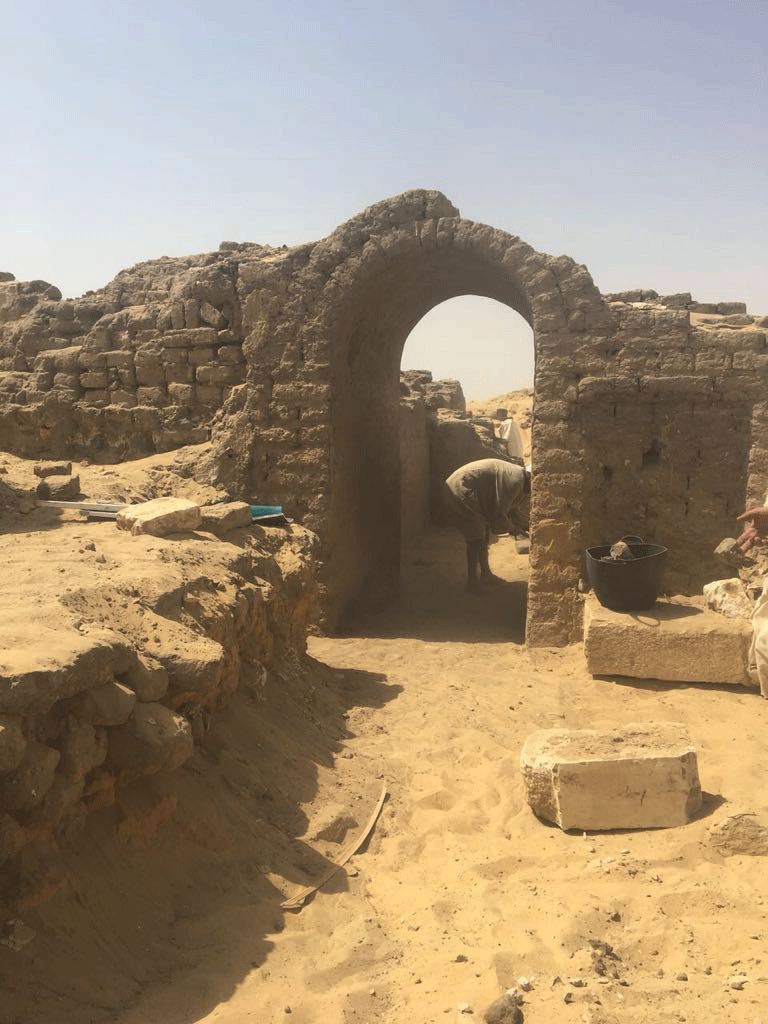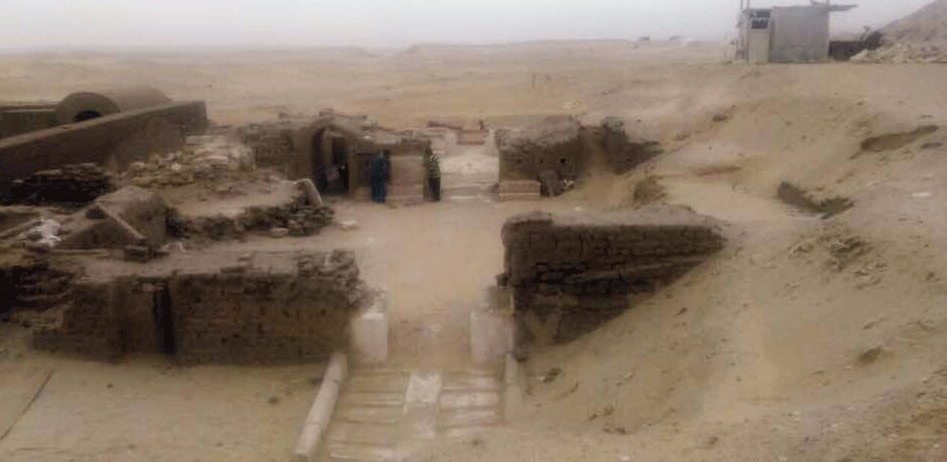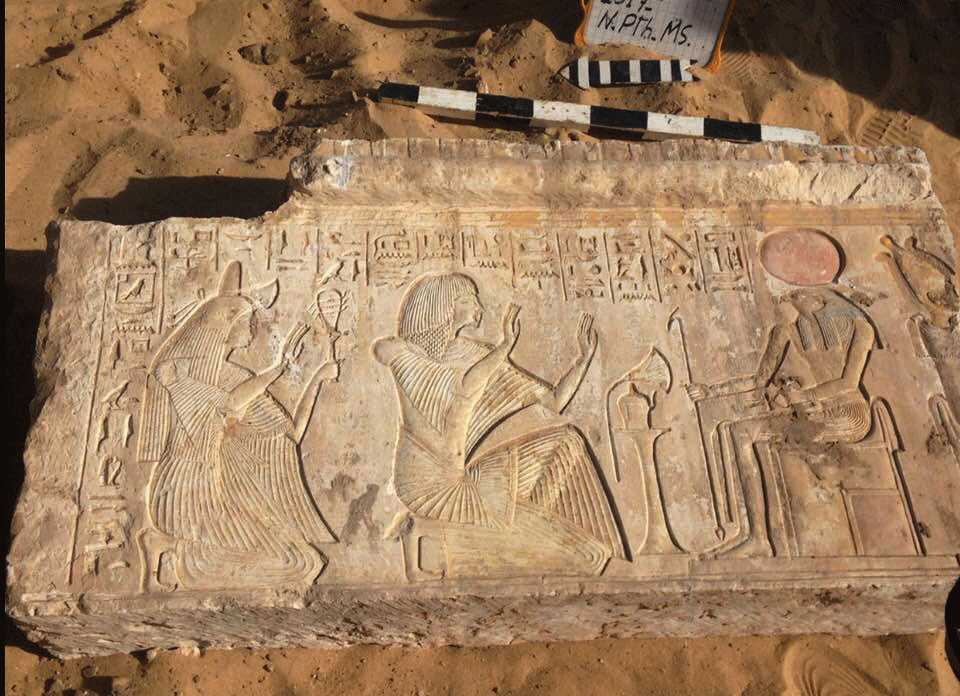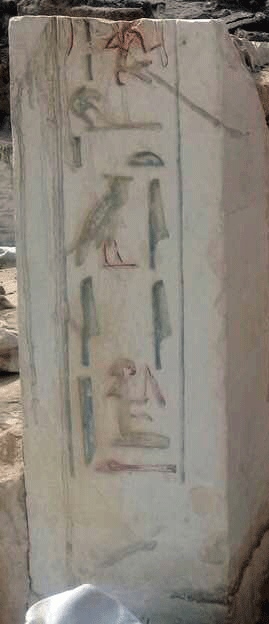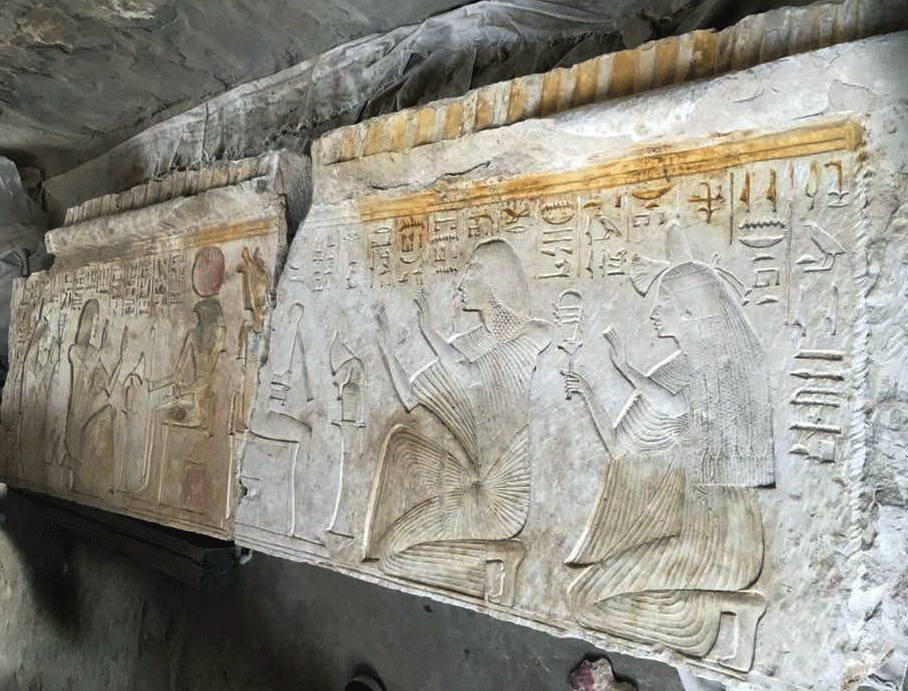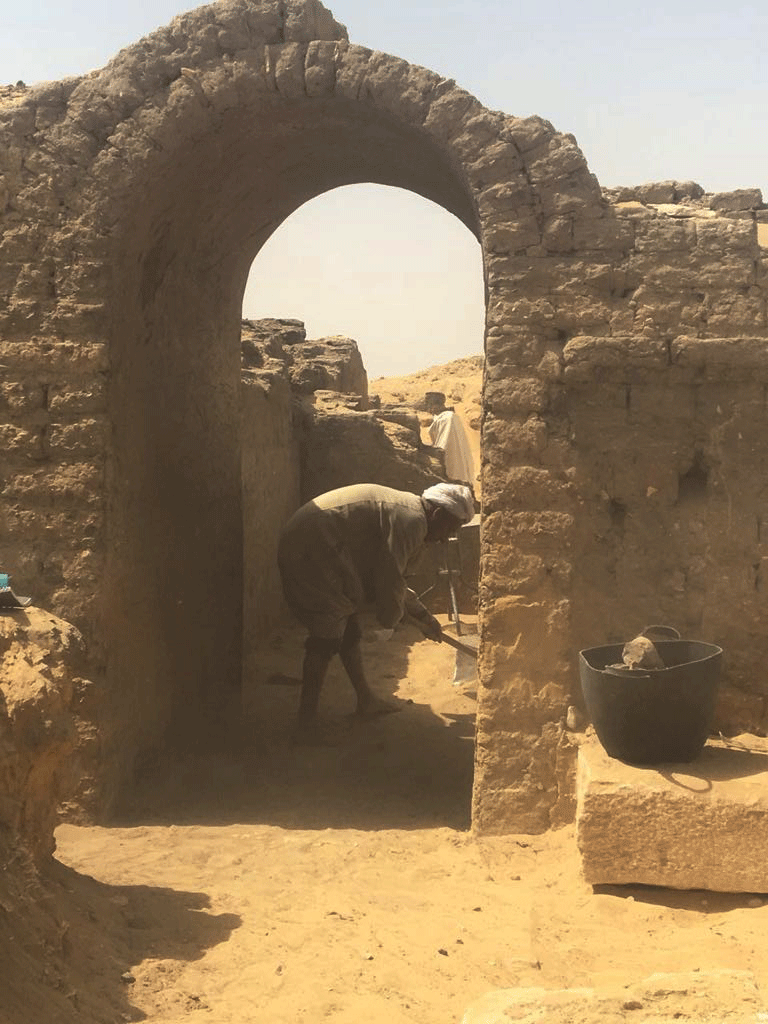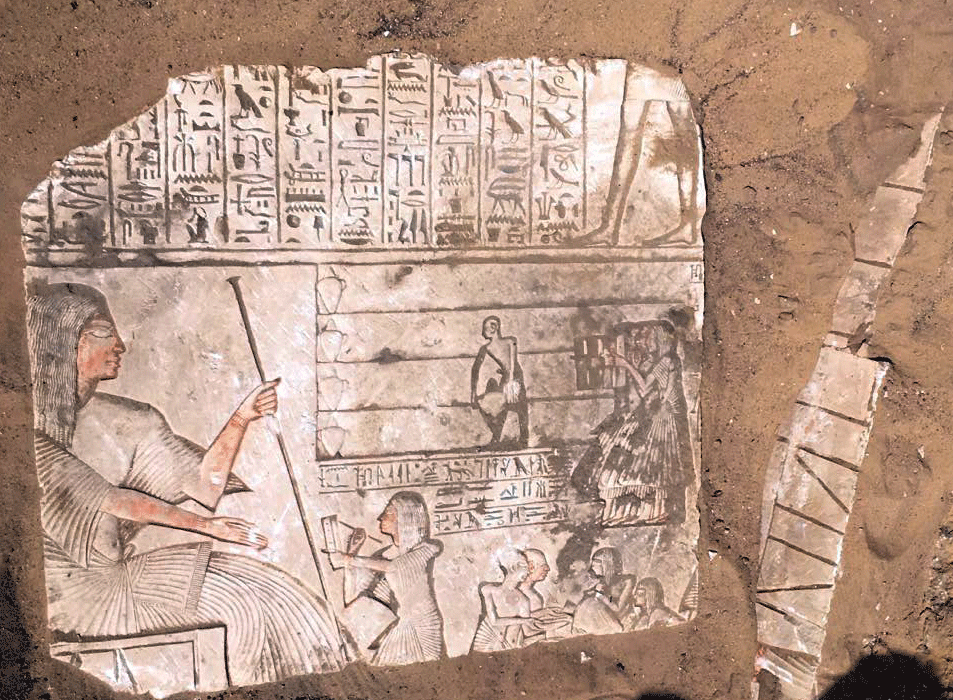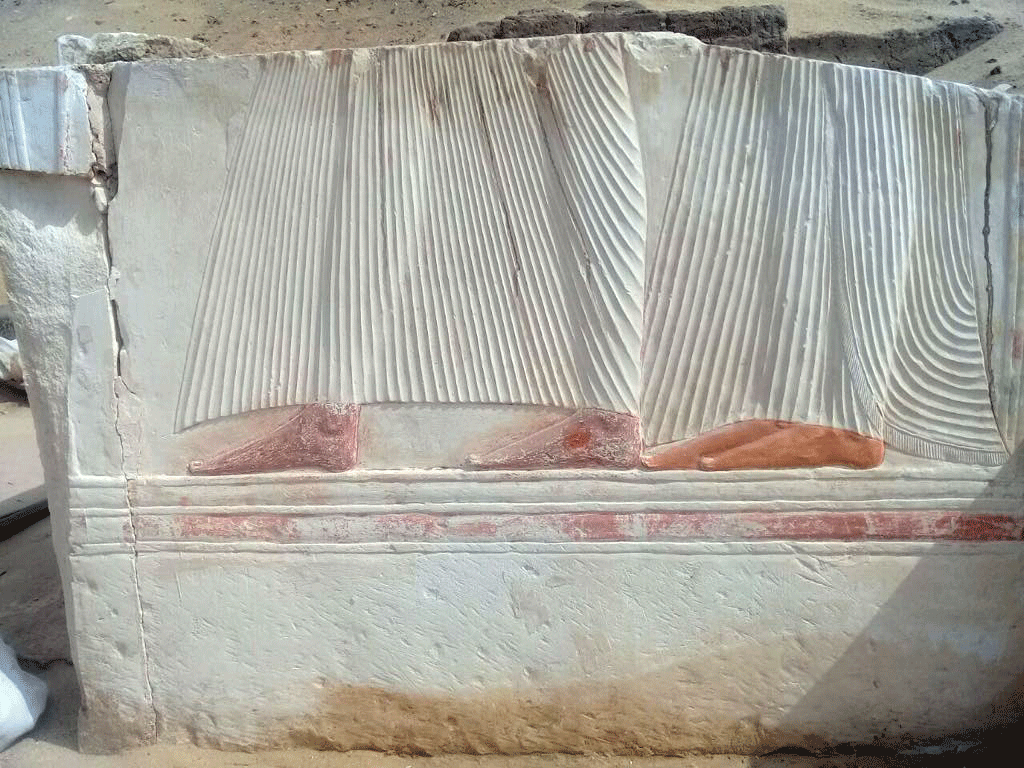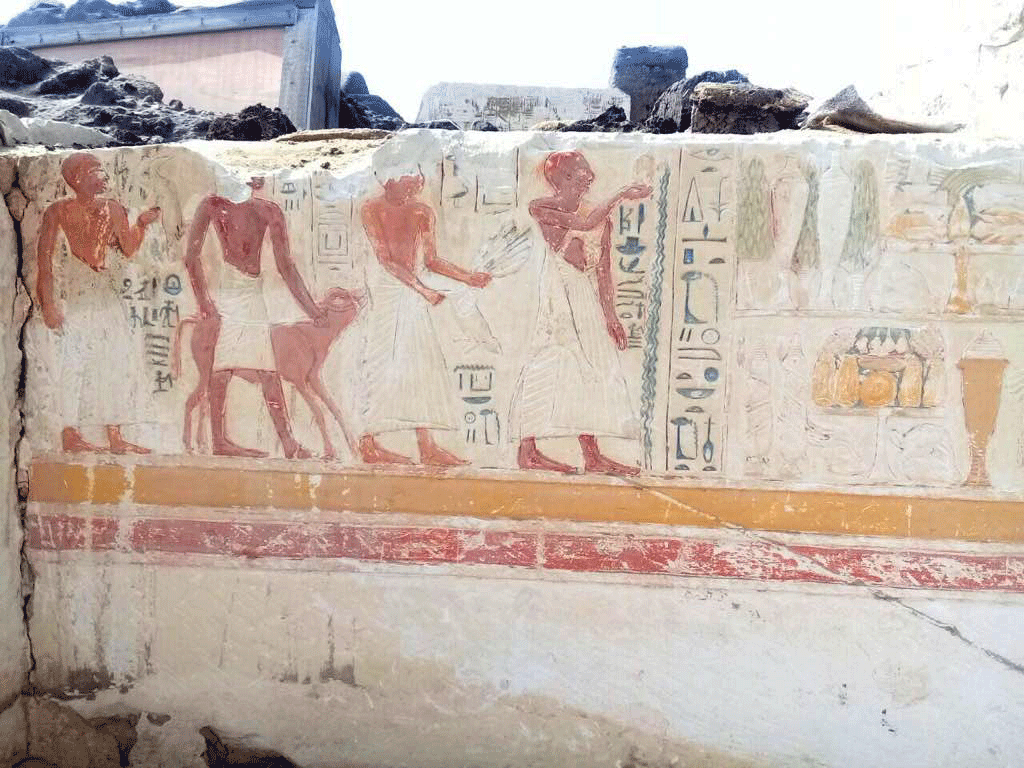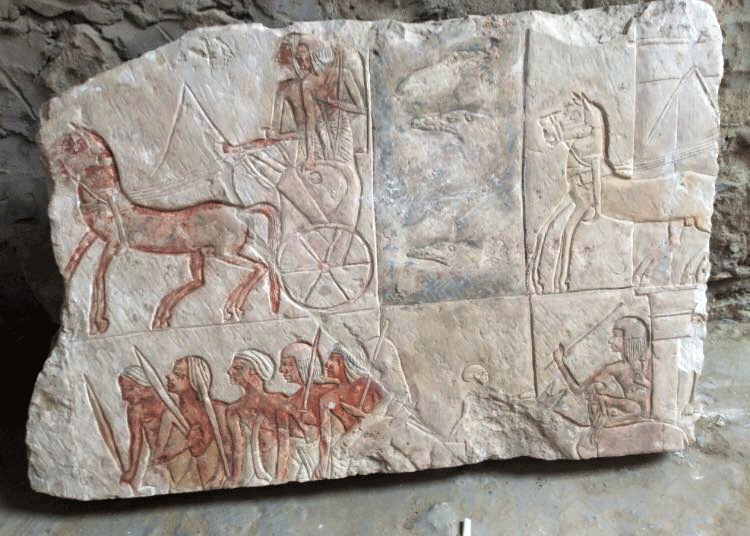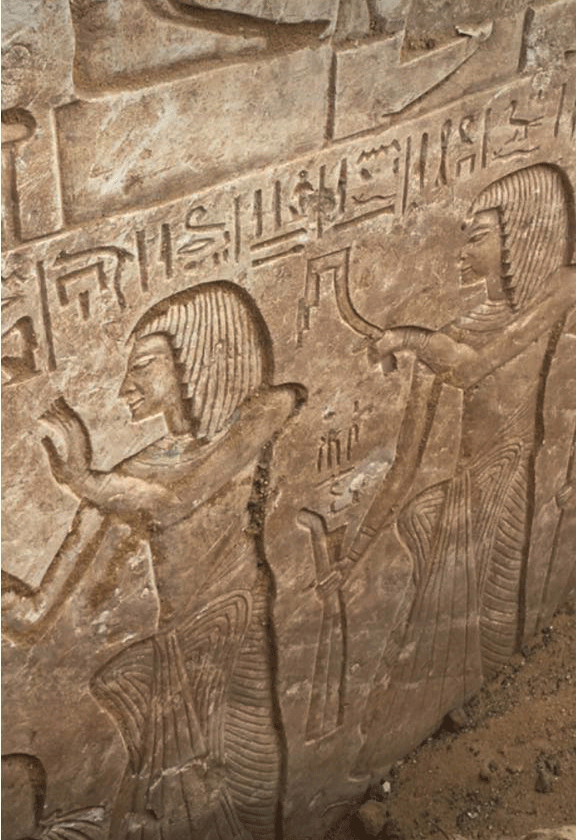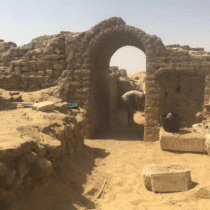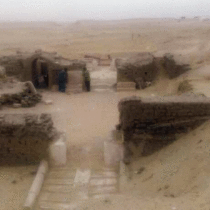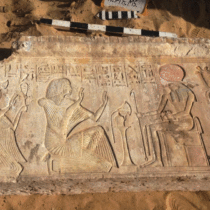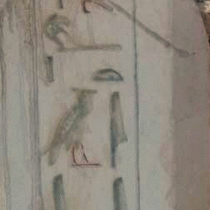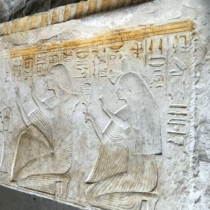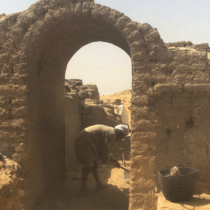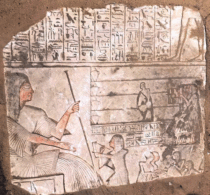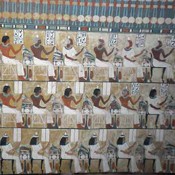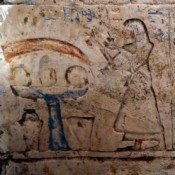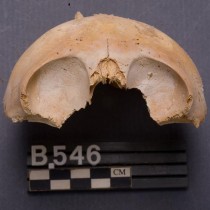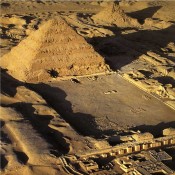Archaeologists in Egypt have uncovered the tomb of the Great Army General in the period of King Ramses II in Saqqara. The discovery was made in the New Kingdom necropolis south of the Causeway of King Unas and was announced by Ola El Aquizy, professor of Egyptology at Cairo University and head of the mission.
El Aguizy said that the tomb probably dates to the reign of both Sethi I and Ramses II and that although excavation works at the site have not been completed the material recovered so far provide evidence as to the owner and his family. The tomb belongs to General Iwrkhy who was also High Steward of the estates of Ramses II in the domain of Amun (the Ramesseum). An inscription on the tomb bears the names of Iwrkhy himself, his son Yuppa and his grandson Hatiay. This is an indication that it was probably a family tomb.
Iwrkhy was probably a foreigner who arrived in Egypt and started his career in the military under King Sethi I. He then worked his way up and attained the highest positions in Egyptian court during the reign of Ramses II. The tomb is fashioned in the way of other tombs of the time, including a forecourt, a statue room with adjacent vaulted storehouses, a peristyle court and western chapels. The tomb was probably constructed gradually in a long-term process, as is indicated by the artwork on the murals, as they are of the time of both Sethi I and Ramses II.
The scenes still preserved on the walls of the statue room and on blocks buried in the sand depict various rather unusual events, related to Iwrkhy’s military career and foreign relations with neighbouring countries, such as an image of boats unloading Canaanite wine jars. A scene on one of the blocks, probably from the northern wall, depicts an infantry unit and charioteers crossing a waterway with crocodiles, probably representing the eastern borders of Egypt. Only one similar scene has been found in Thebes on the outer north wall of the hypostyle court of Karnak temple, where Sethi I is depicted returning from a victorious campaign against the Shasu Bedouins and also coming into Egypt through a waterway with crocodiles. Other scenes include wine cellars and livestock as well as daily life in this garrison.
Archaeologists believe that further excavation of the sanctuary and shaft will confirm the conclusions they have drawn from preliminary work at the site.
